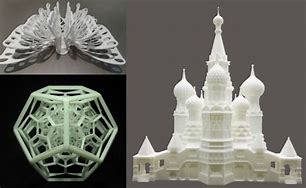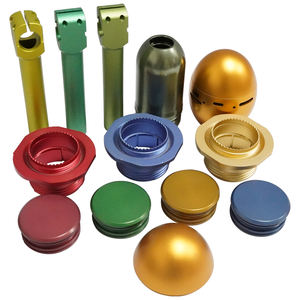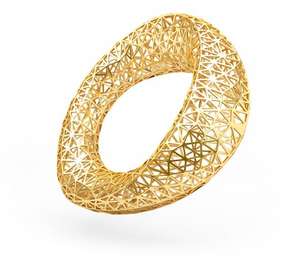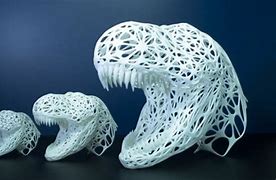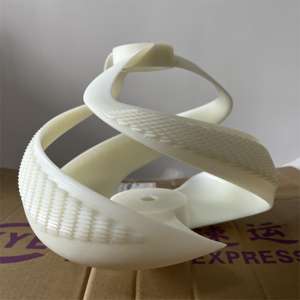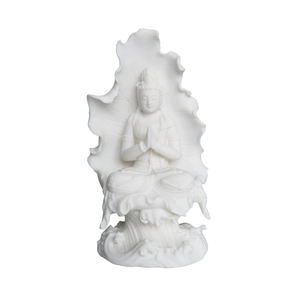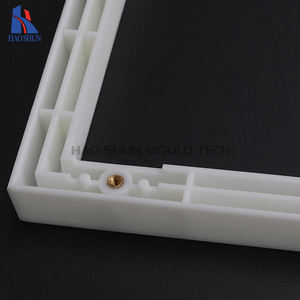Discover a professional 3D printing powder supplier
(How to Reduce the Cost of 3D Printing Metal Powder)
Metal 3D printing is gradually moving towards large-scale applications in
batches. If the cost is reduced by more than 50%, the application scale may be
expanded by 10 times or even 100 times. In the "equipment-material-3D printing"
industry chain, one of the most important questions is how to reduce the cost of
3D printing metal powder?
Direct gas atomization to make powder, or processing into wire or bar
material and then making powder is determined by the principle of its own
powdering technology, and there is no way to change it. To reduce costs, one has
to try to expand the upper limit of the powder spreading particle size, such as
laser printing to 63 microns, or larger 75 microns, because many large parts are
most important to dimensional accuracy, and you can give up a little surface
accuracy. Increasing the particle size by more than ten microns will be
beneficial to the comprehensive utilization of powder and the cost reduction of
laser printing. In addition, there is still room for improvement in the overall
industry application volume. As long as the printing technology can be used in
large quantities in industrialization, the cost of aerosolization and rotating
electrodes or other technologies is basically the same.
In addition, the quality of the powder produced by these atomization
technologies is not the same, and the cost cannot be compared from a technical
point of view. From the application side, the particle size of the fine powder
should be appropriately increased, the coarse powder can be consumed in large
quantities in the coaxial powder feeding, and the comprehensive utilization of
the powder can reduce the cost of the manufacturer and the user. The cost of
powder has dropped a lot since these years. If the industry can continue to
maintain high growth, the cost will continue to fall, the market will make a
choice, and everyone is thinking of ways.
Starting from raw materials and manufacturing processes is an effective way
to reduce the manufacturing cost of metal 3D printing powders. Alloy powders for
aerospace use need to use pre-alloyed rods or wires as raw materials to achieve
the goal of homogenization of the composition and purity of the alloy.
High-level powder milling, printing and heat treatment have maximized the
performance of alloy materials. Alloy powder materials for aerospace are mainly
used in the manufacture of structural parts, and material quality is the key.
Choosing upstream element materials and realizing short-process powder
production through ingredients can significantly reduce the cost of 3D printing
powder, but the alloying and purification of element materials is very
necessary, otherwise the material properties are extremely unstable. The
smelting of alloy raw materials generally requires VIM, ESR, VAR and other
processes. High alloying elements generally go through a two-link smelting
process to ensure the quality of the alloy metallurgy. However, each additional
process will increase the cost significantly. This is also the reduction of 3D
printing alloy powder. The difficulty of this book is not only to ensure the
quality of aerospace and aerospace, but also to reduce costs, which requires
creative technological research.
3dprintingpassion does this: the metal 3D printing process has a strong discreteness,
requiring a narrow window for the composition of the alloy powder raw materials
and very stable physical and chemical properties. It is necessary to get through
all aspects of material composition design, master alloy preparation, atomized
powdering, printing, and heat treatment. Chain material technology, which is the
key to accelerating the application and promotion of 3D printing technology.
Cost reduction cannot be done at the expense of material performance and
quality, and high-end domestic materials should be made. 3dprintingpassion starts with
low-cost manufacturing of ultra-high purity Tara master alloys and short-process
high-energy atomization powder milling. While ensuring the metallurgical quality
of raw materials, it reduces costs and increases efficiency, saves material
costs for users, and promotes the development of the industry. Using elemental
materials to prepare 3D printing alloy powders at low cost, application
verification studies can be carried out in civilian scenarios, and data can be
accumulated.
About 3dprintingpassion:
3dprintingpassion is a trusted global chemical material supplier & manufacturer with
over 12 years experience in providing super high-quality chemicals and
Nanomaterials. The company export to many countries, such as USA, Canada,
Europe, UAE, South Africa, Tanzania,
Kenya,Egypt,Nigeria,Cameroon,Uganda,Turkey,Mexico,Azerbaijan,Belgium,Cyprus,Czech
Republic,Brazil, Chile, Argentina, Dubai, Japan, Korea, Vietnam, Thailand,
Malaysia, Indonesia, Australia,Germany, France, Italy, Portugal etc. As a
leading nanotechnology development manufacturer, 3dprintingpassion dominates the market.
Our professional work team provides perfect solutions to help improve the
efficiency of various industries, create value, and easily cope with various
challenges. If you are looking for In718 Powder, please send an email to:
sales2@nanotrun.com
(How to Reduce the Cost of 3D Printing Metal Powder)

